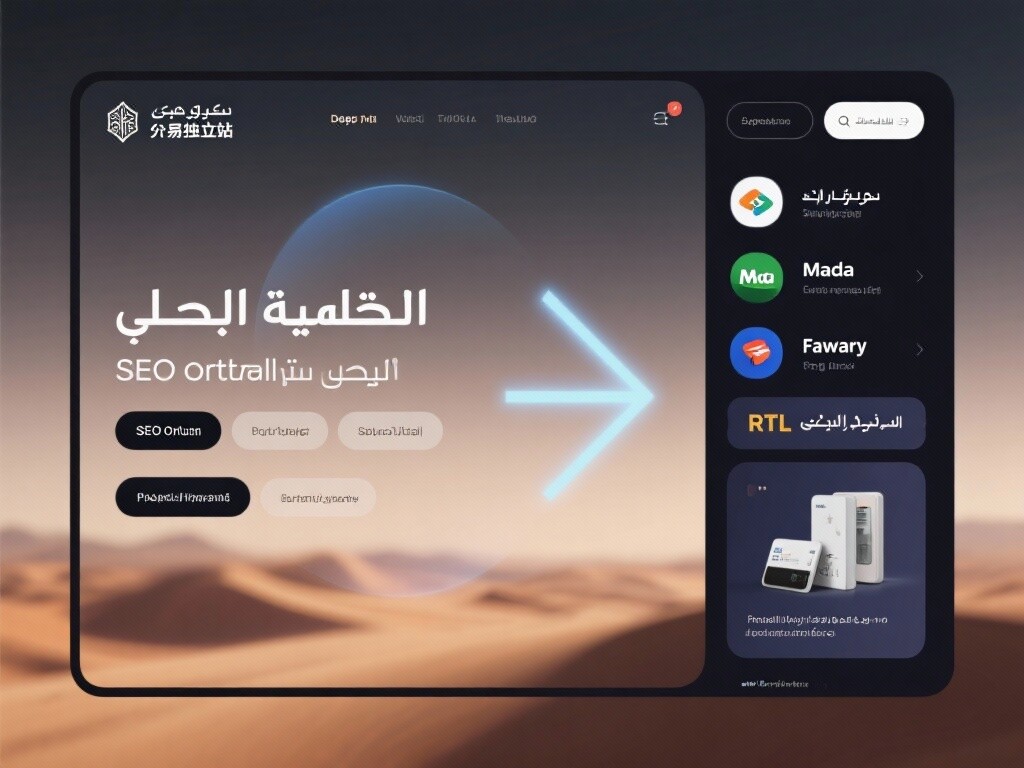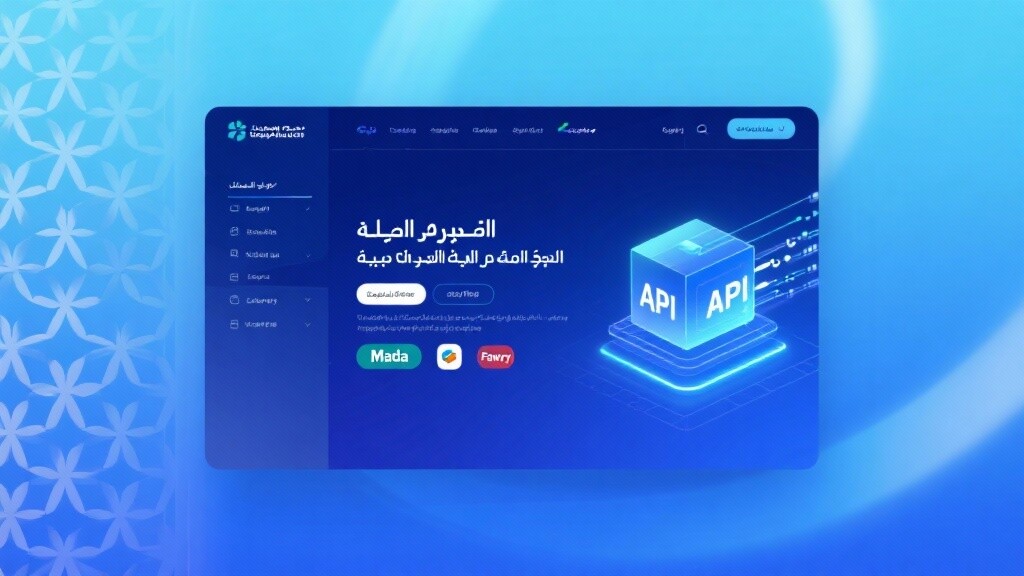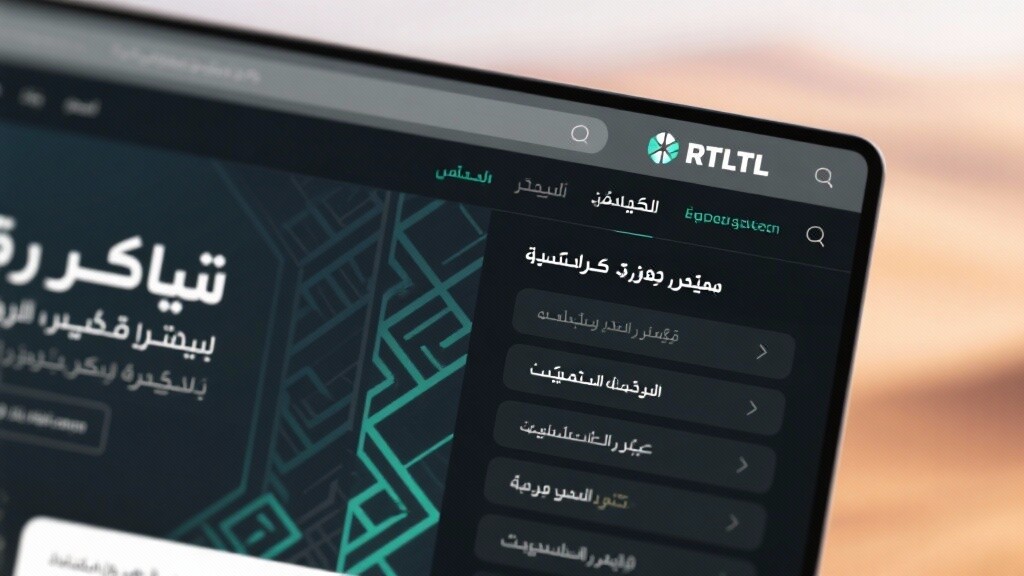I. Authoritative Definition, Strategic Core, and Regional Market Characteristics of Middle East Foreign Trade Independent Websites
1. Authoritative Definition and Professional Elements of Middle East Foreign Trade Independent Websites
**Middle East Foreign Trade Independent Websites** specifically refer to customized marketing independent websites that fully comply with **Arabic cultural habits and Middle Eastern e-commerce/trade rules** in terms of **technology, content, and design**. Professional elements include: **native Arabic content and SEO optimization (A-SEO), right-to-left (RTL) website architecture, integration of local payment gateways (e.g., Mada, Fawry), local logistics API integration, and high data security and cultural compliance**.
2. The Three Irreplaceable Strategic Values of Professional Middle East Independent Websites
The Middle East market has special requirements for foreign trade independent websites:
- **Resolving RTL barriers and enhancing local user experience:** Websites must perfectly adapt to the **right-to-left (RTL)** reading and writing habits of Arabic and Persian languages. Otherwise, it will directly lead to a sharp increase in bounce rates and brand unprofessionalism.
- **Building local trust quickly through cultural compliance:** Middle Eastern clients place extremely high demands on trust. Websites need to establish stable brand trust through **localized visual elements, reliable payment/logistics displays, and content that respects local religious culture**.
- **Obtaining precise traffic from local search engines:** Websites must undergo **native Arabic SEO optimization** to acquire **high-value local traffic** on search engines like Google and Bing (especially in Saudi Arabia).
3. Development History and Trends of Middle East Foreign Trade Independent Websites
Early stage (2000s): Mainly focused on **English displays**, lacking localization. Mid-stage (2010s): Began to feature **basic Arabic translations** but **lacked RTL adaptation and local payment integration**, resulting in poor user experience. Modern era (2020s to present): The trend has shifted toward **"deep localization, mobile-first, and multi-channel integration"**. Emphasis is placed on **RTL responsive design, integration with local social media (e.g., Snapchat, TikTok), and perfect support for local payment methods like COD/Mada**.
II. The Five Core Technical Principles of Middle East Foreign Trade Independent Websites: Localization, RTL, and Payment Integration
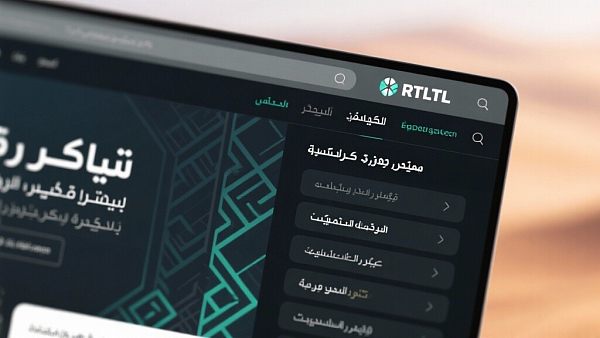
Ensuring the underlying technical logic for the efficient operation of Middle East independent websites in target markets:
1. RTL (Right-to-Left) Responsive Design Principle
Principle: Adapt to the right-to-left reading and writing habits of Arabic and Persian languages. Practice: All website elements, including **text alignment, navigation bar positions, image switching directions, table layouts, and form field sequences**, must be arranged and switched from right to left. This requires special handling at the **CSS/HTML level**.
2. Arabic SEO (A-SEO) Optimization Principle
Principle: Follow Google's indexing rules for RTL languages. Practice: Deploy **correct Hreflang tags (e.g., `ar-sa`)**, ensure **Arabic-friendly URL structures**, and use **local search engine tools and Arabic long-tail keywords** for keyword research. Content must be drafted by **native-speaking experts with local industry knowledge**.
3. Local Payment and COD (Cash on Delivery) Integration Principle
Principle: Credit card penetration is low in the Middle East, and COD/local bank card payments are prevalent. Practice: Websites must seamlessly integrate **mainstream Middle Eastern payment gateways (e.g., Checkout.com, PayTabs)** and provide **highly secure COD options**, while offering localized payment methods for different countries (e.g., Mada in Saudi Arabia, Fawry in Egypt).
4. High Cultural Trust Brand Storytelling Principle
Principle: Middle Eastern B2B/B2C clients rely more on relationships and trust. Practice: Websites should highlight **localized success cases, local partner endorsements, and long-term commitments to the Middle East market**. Design elements must avoid **cultural taboos**, e.g., adhering to religious customs in visual designs for specific countries.
5. Local Logistics API and Address Format Adaptation Principle
Principle: Middle Eastern addresses are complex, and local logistics systems are diverse. Practice: Websites must integrate APIs of **mainstream Middle Eastern logistics providers like Aramex and SMSA Express** and customize **delivery address forms** to adapt to the **unique address formats without clear street numbers** in the Middle East.
III. The Four Core Technical Features and Applications of Middle East Foreign Trade Independent Websites
1. Technical Feature: RTL Mobile-First Responsive Design
Feature: The Middle East has an extremely high mobile internet penetration rate. Application: RTL adaptation must be perfectly implemented on **all mobile devices and screen sizes**. Elements like menus, sidebars, and pop-up windows must follow **right-aligned layouts** to ensure a consistent user experience.
2. Application Practice: Local Currency and Multi-Country Pricing Strategies
Application: Websites must support **automatic multi-currency switching**, especially for Saudi Riyal (SAR), UAE Dirham (AED), and Egyptian Pound (EGP). The system should also support **different pricing displays for different countries/regions** to adapt to complex customs and local cost structures.
3. Application Practice: Social Media and Localized Content Integration
Application: Middle Eastern social media platforms like **Snapchat and Instagram** are highly active. Websites should design **localized social sharing buttons** and integrate **Arabic UGC (user-generated content) modules** to enhance community trust.
4. Application Practice: Marketing Automation for Local Holidays Like Ramadan
Application: Websites should preset **marketing automation features** to automatically switch **special theme designs, promotions, and localized content** during important holidays like **Ramadan and Eid**, precisely capturing local consumption trends.
IV. Middle East Professional Independent Websites vs. Traditional English Websites: Comparative Analysis and Industry Scenarios
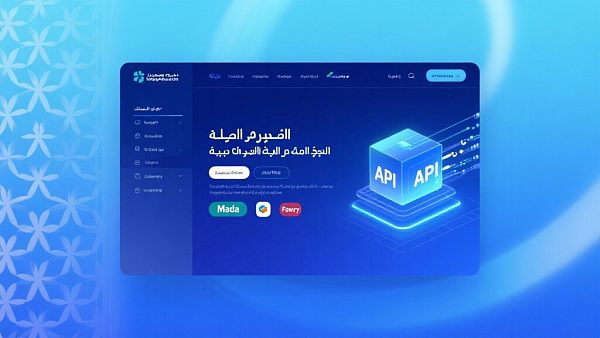
1. Middle East Professional Independent Websites vs. Traditional English Websites: Comparative Analysis
2. Typical Industry Scenarios for Middle East Foreign Trade Independent Websites
Professional **Middle East Foreign Trade Independent Websites** are crucial for the following key industries:
- **Building Materials and Construction Engineering:** Middle East infrastructure demands are booming. Websites should display **bulk procurement inquiries, project cases, and local standard certifications**.
- **Fashion Electronics and Fast-Moving Consumer Goods (B2C):** Websites must feature **high-value RTL designs, multi-channel traffic conversion, and COD payments**.
- **Petrochemical and Mechanical Equipment (B2B):** Websites should highlight **localized service support, expert teams, and international authoritative certifications**.
3. Certifications and Professional Standards for Middle East Foreign Trade Independent Website Services
Standards for evaluating premium Middle East foreign trade independent website service providers:
- **RTL Technical Capability:** Possess **complete RTL responsive design and testing capabilities from CSS to JS layers**.
- **Local Payment Integration Experience:** Have **successful case studies of integrating at least three Middle Eastern payment gateways**.
- **A-SEO Authority:** Provide **reports on Arabic keyword research and Hreflang standard deployment**.
V. Customize Your Middle East Exclusive Independent Website Now and Seize the Golden Opportunity in the Desert!
Is your website losing high-value Middle Eastern clients due to **lack of RTL adaptation and local payments**? The professional **Middle East Foreign Trade Independent Website** solution provides **deep Arabic localization, RTL technical guarantees, and local payment integration**! Book a **free "Middle East Independent Website Localization Adaptability Assessment"** now to get your exclusive Middle East market digital marketing plan!
Click to Get a Free Customized Middle East Market SolutionFAQ
1. How much impact does RTL (Right-to-Left) design have on the conversion rate of Middle East independent websites?
Answer: RTL design is **the cornerstone of Middle East market conversion**. Arabic users are accustomed to right-to-left reading. If the website remains LTR (left-to-right), it will cause **severe visual and operational confusion**, directly leading to **user doubts about brand professionalism**, extremely high bounce rates and abandoned cart rates.
2. How do independent websites integrate the Middle East-specific COD (Cash on Delivery) payment model?
Answer: Integrating COD is not just about providing an option but also requires **technical integration with local logistics providers (e.g., Aramex)**. The website system must **automatically calculate COD fees based on order amounts and customer locations** and ensure **real-time order status feedback** to internal systems for follow-up.
3. What are the differences between Arabic SEO (A-SEO) and regular English SEO?
Answer: The core differences of A-SEO lie in **keywords and technical structures**. Arabic keywords have **more complex elements and variations**, requiring professional tools. Technically, **Hreflang tags and Arabic URLs** deployment standards differ from English and require special handling for effective Google indexing.
4. How do Middle East foreign trade independent websites ensure cultural compliance?
Answer: In **visual design, brand promotional images, and content writing**, avoid using **elements, images, or expressions sensitive to religion and culture**. For example, displays of clothing and beverages must respect local customs. Website teams should involve **Middle Eastern cultural consultants** in reviews.
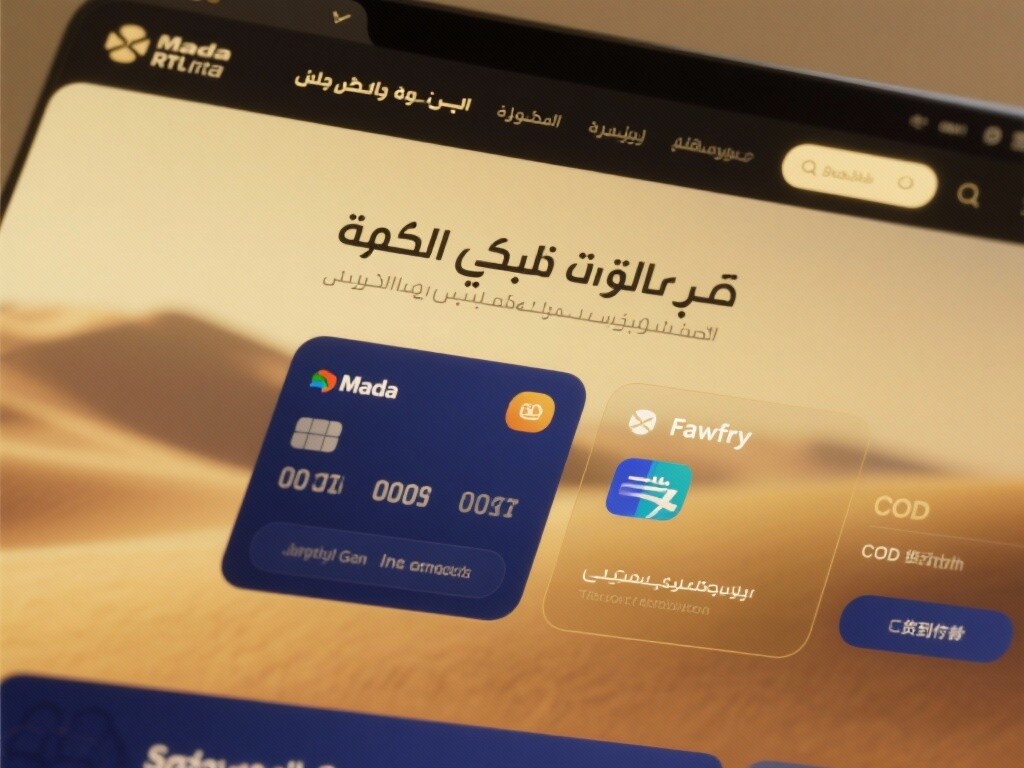
Customer Reviews
Mohammed (Saudi Arabia), Building Materials Importer
"The **RTL design** and **localized content** of the new independent website are revolutionary. We were amazed by the perfect adaptation to Arabic reading habits. Most importantly, they helped us integrate **Mada payments** and **local logistics**, significantly boosting Saudi clients' trust and purchase intent, **increasing bulk inquiry volumes by 60%**."
Abdullah (UAE), Fashion Electronics Brand President
"We previously had no breakthrough in **Arabic SEO**. Through this service provider's **A-SEO optimization** and **Hreflang deployment**, our website's **ranking rapidly climbed** in Google Arabic search results, gaining substantial **precise organic traffic from the UAE and Kuwait**. The standalone site has truly become our **digital growth engine** in the Middle East."

